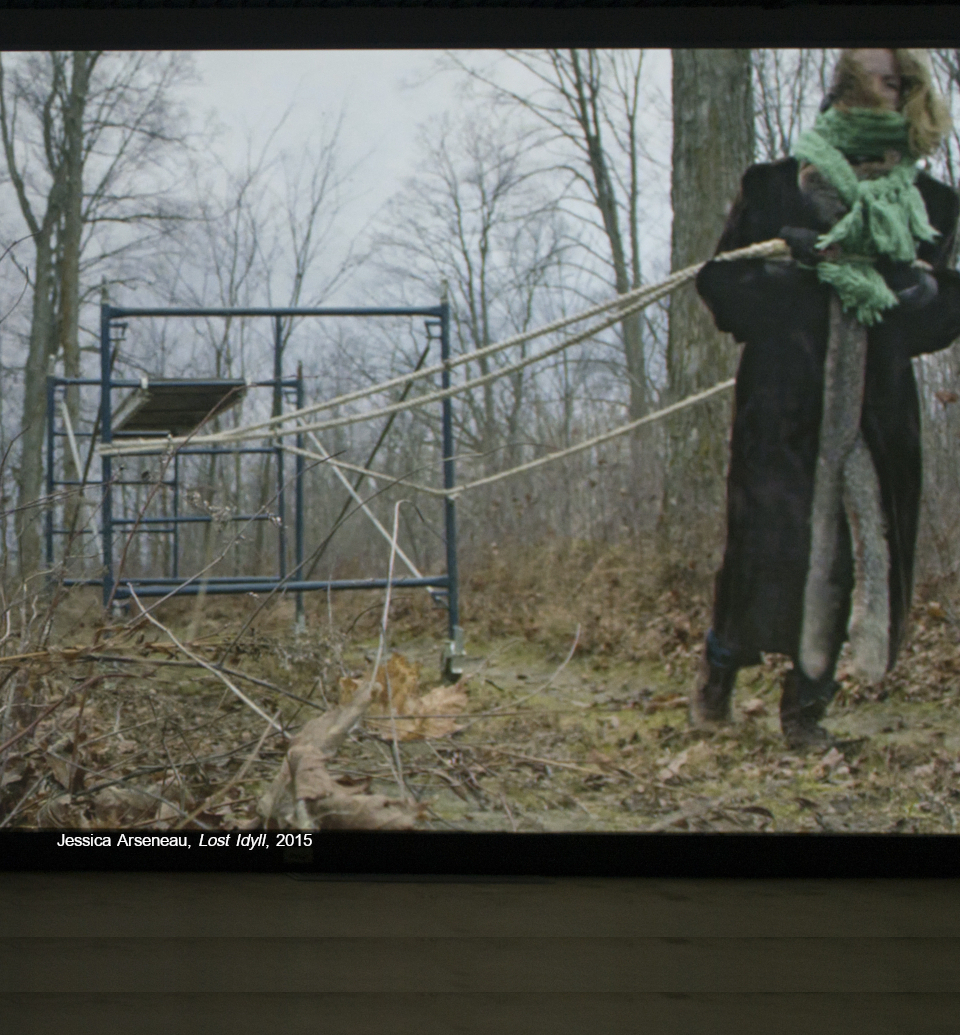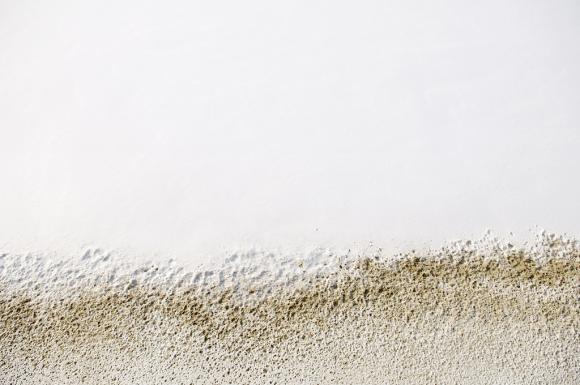Punctum : sept approches photographiques / Seven Photographic Practices
Mathieu Léger, Demography of Virulence #203, photographie numérique, 2012
Punctum : sept approches photographiques
« Le punctum d'une photo, c'est ce hasard qui, en elle, me point (mais aussi me meurtrit, me poigne). » - Roland Barthes
L'idée derrière cette exposition repose sur une réflexion critique de la photographie. Les artistes furent invités à questionner leur médium de choix dans un contexte de diffusion artistique afin d’identifier les particularités de la photographie et comment celles-ci se manifestent aujourd’hui.
Les oeuvres en montre lèvent le voile sur la pluralité de l'expression photographique et démontrent comment l’interprétation de celles-ci est dirigée par l’intention individuelle de chaque artiste : le désir de s'approprier du sujet photographié, un outil servant à la documentation scientifique ou sociale, une étude sur l’élément physique de la photo et les différentes matérialités qu'elle peut prendre, ou encore une pratique de mythification de l'art.
Punctum c'est aussi un regard sur les différentes manifestations du médium. La photographie analogue est une présence toujours pertinente en tant que véhicule artistique et la prise d'image sur pellicule nécessite une attention particulière puisque chaque cliché devient immédiatement une entité matérielle concrète. Prendre compte des transformations du médium, c'est également se pencher sur le potentiel infini du format numérique; son accessibilité, sa capacité de transformation, le pouvoir de commercialisation de l'image ainsi que sa faculté d'être incorporée dans d'autres formes d'expressions artistiques. Décidément, les limites de la photographie s'effacent de plus en plus et vont au-delà du cadre visible.
Le dialogue établi entre le public et les artistes, par leurs oeuvres, crée une plateforme de discussion ouverte au sujet de la photographie et invite donc à revoir les notions acquises de l'image photographique.
Annie France Noël, commissaire invitée
Punctum: Seven Photographic Practices
“A photograph’s punctum is that accident which pricks me (but also bruises me, is poignant to me).” – Roland Barthes
The idea for this exhibition is based on a critical reflection of photography. The artists were invited to question their choice of medium in order to identify the characteristics of photography and how these are expressed today.
The works on display reveal the diversity of photographic expression and show how their interpretation is guided by the individual intention of each artist: the desire to capture the essence of the photographed subject, a tool for scientific and social documentation, the study of the physical elements of the photograph and the different physical forms it can take, and even the mythologizing of art.
Punctum is also about looking at various ways the medium can be expressed. Analog photography remains an important form of artistic expression, and taking pictures on film requires special attention because every picture immediately becomes fixed in time and space. Additionally, considering the ways the medium has changed, the focus is now on the infinite potential of digital photography: its accessibility, its capacity for transformation, the commercial power of the image, and its ability to be incorporated into other artistic expressions. Indeed, the limits of photography are being increasingly reduced and moving beyond the obvious.
The dialogue between the public and the artists, through their works, creates a platform for open discussion on the subject of photography, thereby looking beyond the traditional boundaries of the photographic image.
Annie France Noël, Guest Curator







